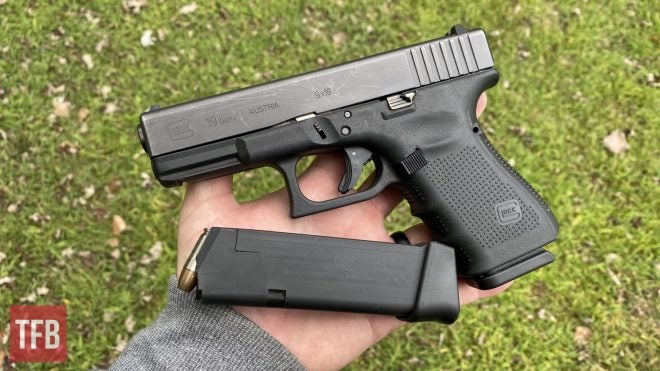When looking at self-defense training, the vast majority of people will focus on closer engagements with their carry handgun. This is widely accepted since the most common self-defense shootings are very close quarters for a short amount of time. The recent mall shooting in Indianapolis is an interesting case study that suggests otherwise when it comes to self-defense training. It’s definitely an interesting topic to look at since the most common handguns for concealed carry are relatively small, so taking longer distance shots with those will be incredibly difficult. Let’s take a closer look at what you need to know when it comes to self-defense shooting distances.
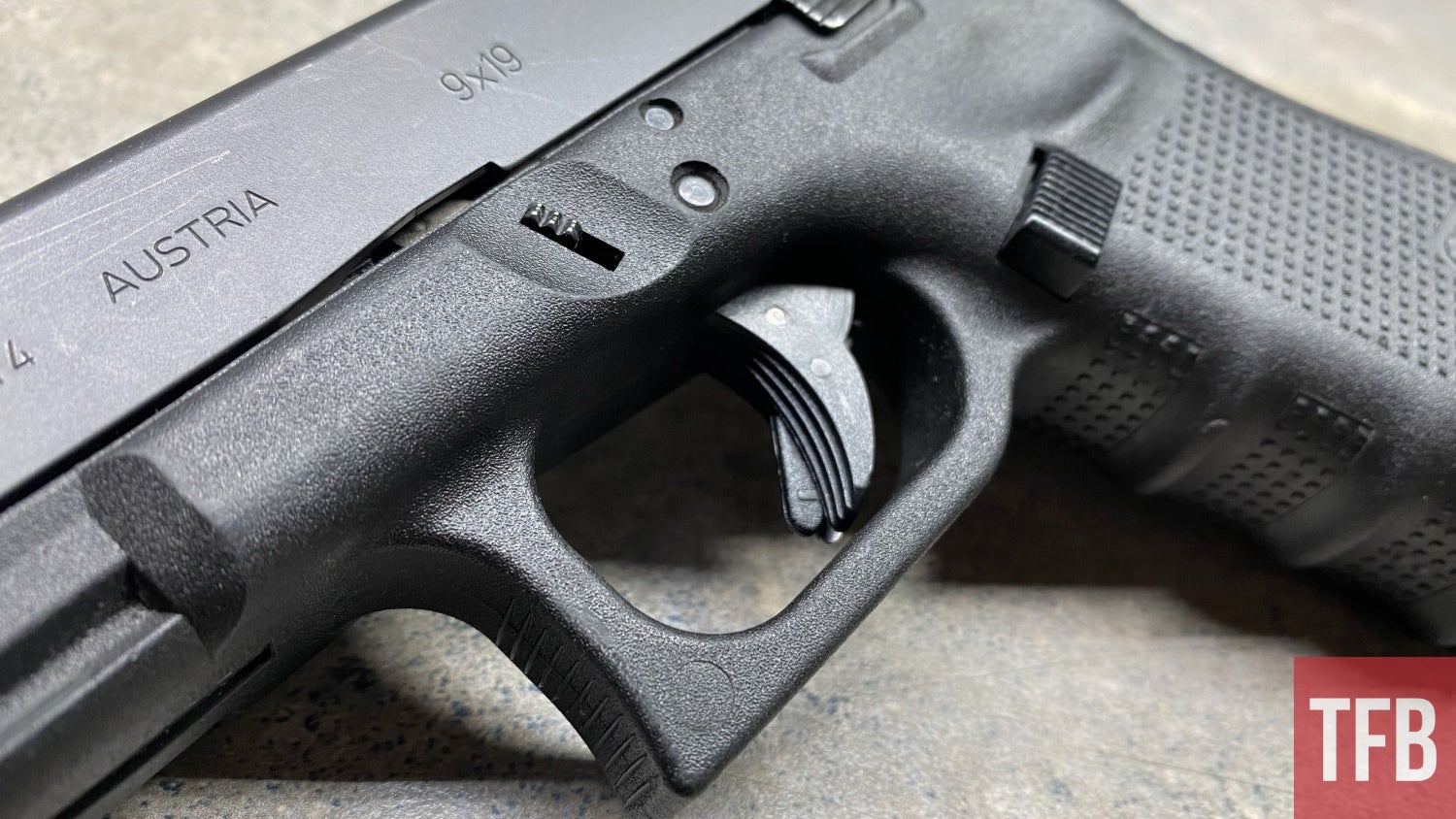
Traditional Distances
When it comes to traditional training for self-defense, it’s always been about being up close and personal. The FBI statistics show the average distance is around 7-10 yards with around 6 shots being fired. This has been true for a number of years and if you base your training off of the statistics, then you’ll be focusing on quick engagements that happen in very close proximity. Based on the information gathered by FBI statistics, most trainers have built drills as well as courses around close engagements.
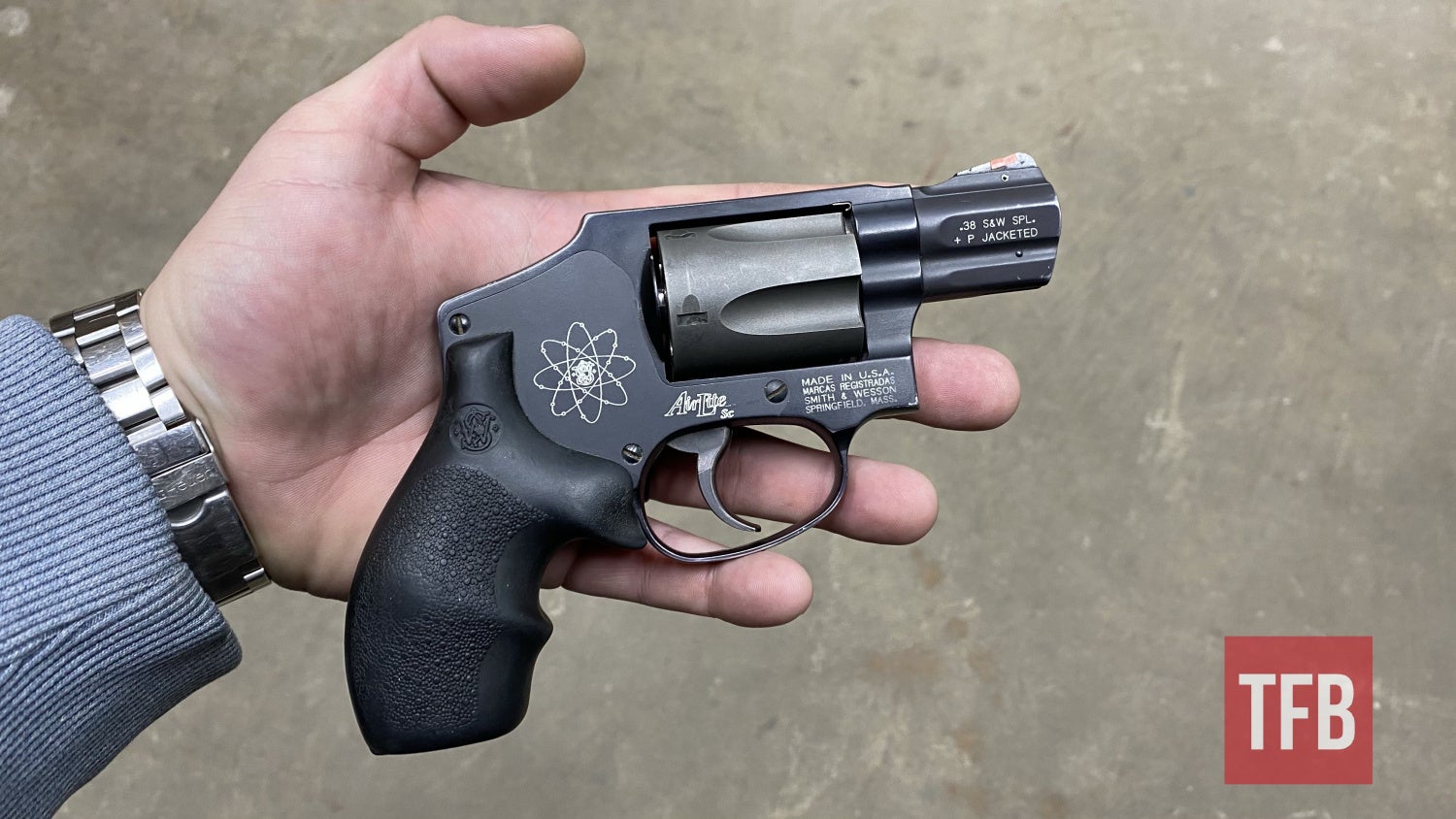
Whether it’s professional trainers or even basic training drills you can print off and take to the range, a number of them focus on accurate fire at close distances to practice your handgun training. Now there’s nothing wrong with practicing for what’s statically the most probable situation you’ll find yourself in when it comes to a self-defense fight. Shooting some of the accuracy dot drills at close range can drastically improve things like trigger control as well as sight picture and cadence. There are definite benefits to training at close range that help improve all fundamental skills when it comes to shooting a handgun accurately. So even if you don’t want to train for short-distance engagements, it’s always a good idea to train with some of these drills just to polish up your fundamentals.
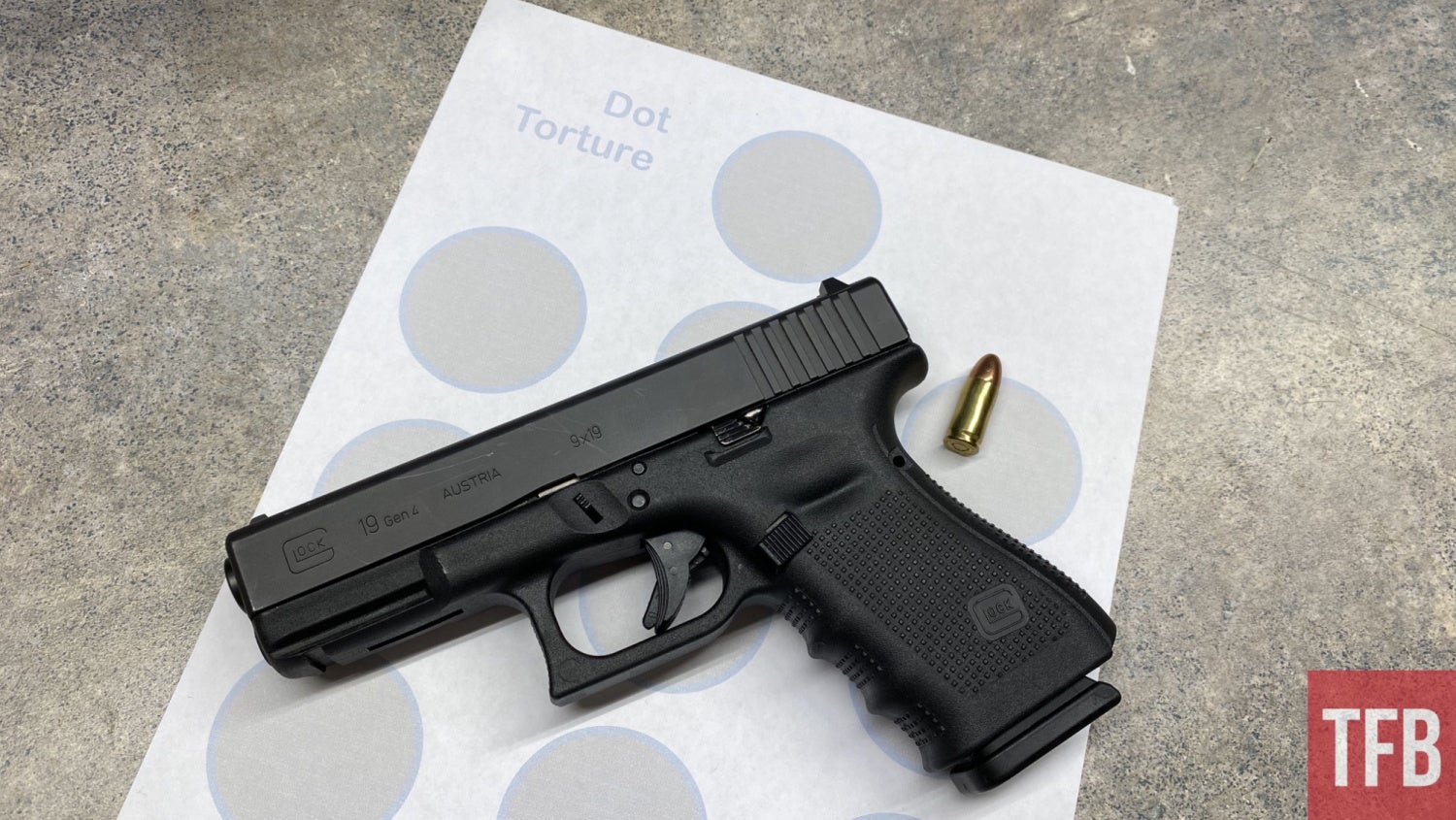
The Indianapolis Case Study
Now where things get interesting is when we start looking at the recent mall shooting in Indianapolis. The man (Elisjsha Dicken) who ended up taking down the attacker fired his Glock 19 from 40 yards away. Elisjsha ended up connecting with 8 out of the 10 rounds he fired at the shooter ending the situation. A 40-yard handgun shot can be tricky for those who haven’t practiced it before but Elisjsha has proven in a real-world situation it’s more than possible to make shots connect even from extended distances. Now some of you may be saying it was a very specific situation and there aren’t many like it when it comes to self-defense shootings. I hear this a ton and there are a number of real-world situations you may find yourself taking that long of a shot.

Seeing the distance from one end to the other really shows how far of a shot you may have.
Probably the most common I see this scenario is at the grocery store or any shopping center. Typically the length of aisles at the grocery store can be 80-100 yards. If you’re in the middle of a grocery store aisle and someone walks around the corner with a rifle, you’ll be shoved into the same situation that happened in the Indianapolis mall shooting. Having to take a long shot with your concealed firearm isn’t out of the realm of what’s possible. It may not always be the most likely position you’ll be in, but it’s also a situation that has some decent odds of happening in society.
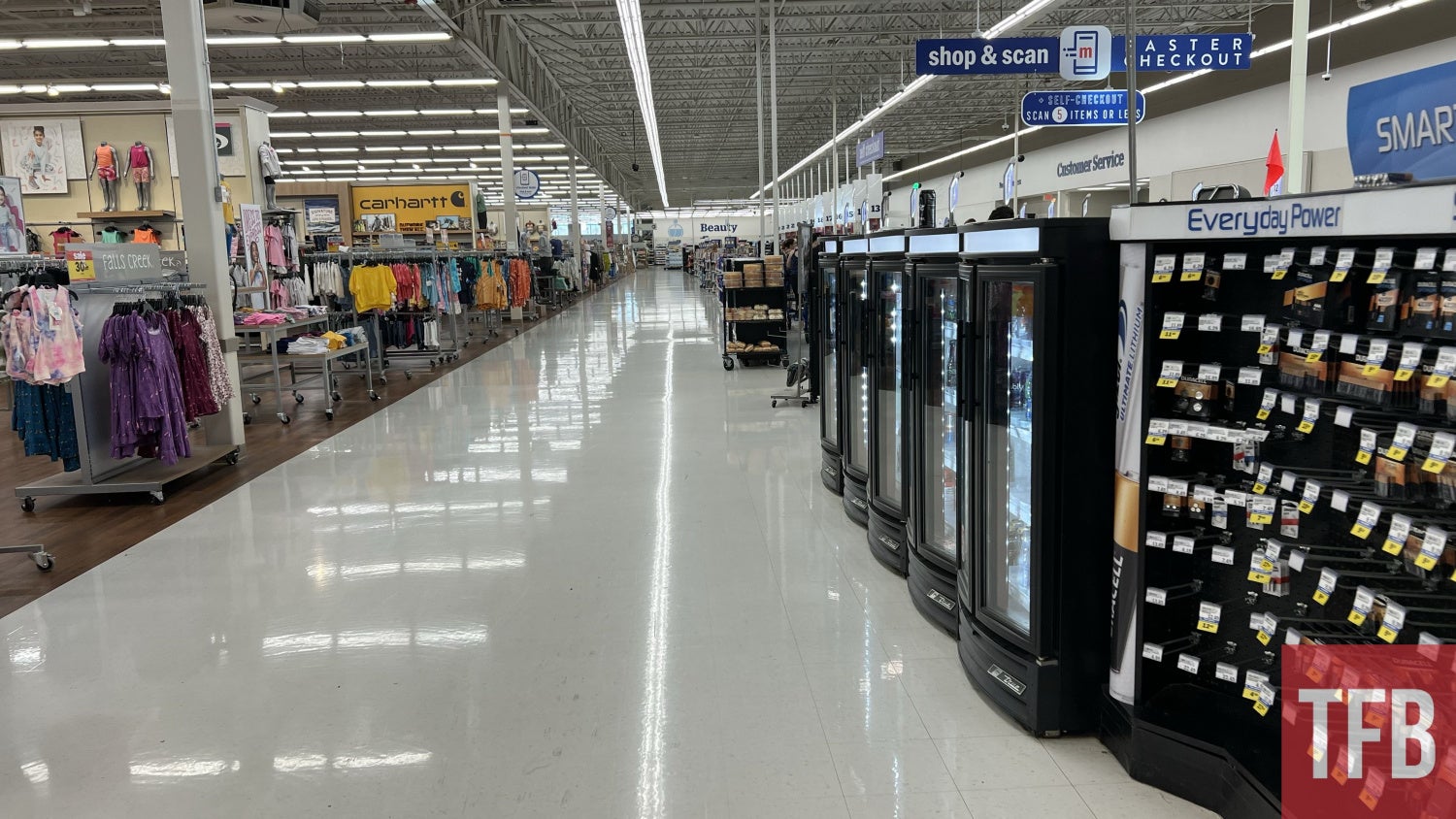
What’s Best?
So is there a need to change your training cycle to accommodate these longer types of shots? Clearly, it doesn’t have to be that drastic but I think it’s important to at least consider. Lately, for my training, I’ll spend the majority of my focus on close engagements since that’s most realistic, but it’s never a bad idea to fire a magazine or two onto steel at 40-50 yards to see how you do. I usually will do this at the end of the range session as a fun finisher just to see how I do.

The fact people have proven themselves by making difficult shots from stress is extremely impressive on its own. I don’t think it’s necessary to change the entire way you train, but I definitely think it’s a good consideration to have when looking at the bigger picture. You can’t be completely prepared for every scenario but it’s never a bad idea to push yourself out of your comfort zone and try new things in a controlled environment.

Overall Thoughts
When it comes to progression, I think it’s important to challenge traditional thinking at times and look for ways to improve yourself when possible. Being able to defend yourself in short distances is still extremely valuable but I think we often write off the further shots since that’s traditional thinking. The recent mall shooting in Indianapolis is a fantastic example of why it’s important to have a well-rounded training plan so you work both short and longer-distance shooting with your carry gun. You don’t have to spend a ton of time taking longer shots with your handgun, but occasionally giving it a shot to see how things go is a great way to see your abilities. I always say it’s better to practice something for the first time when your life doesn’t count on it.
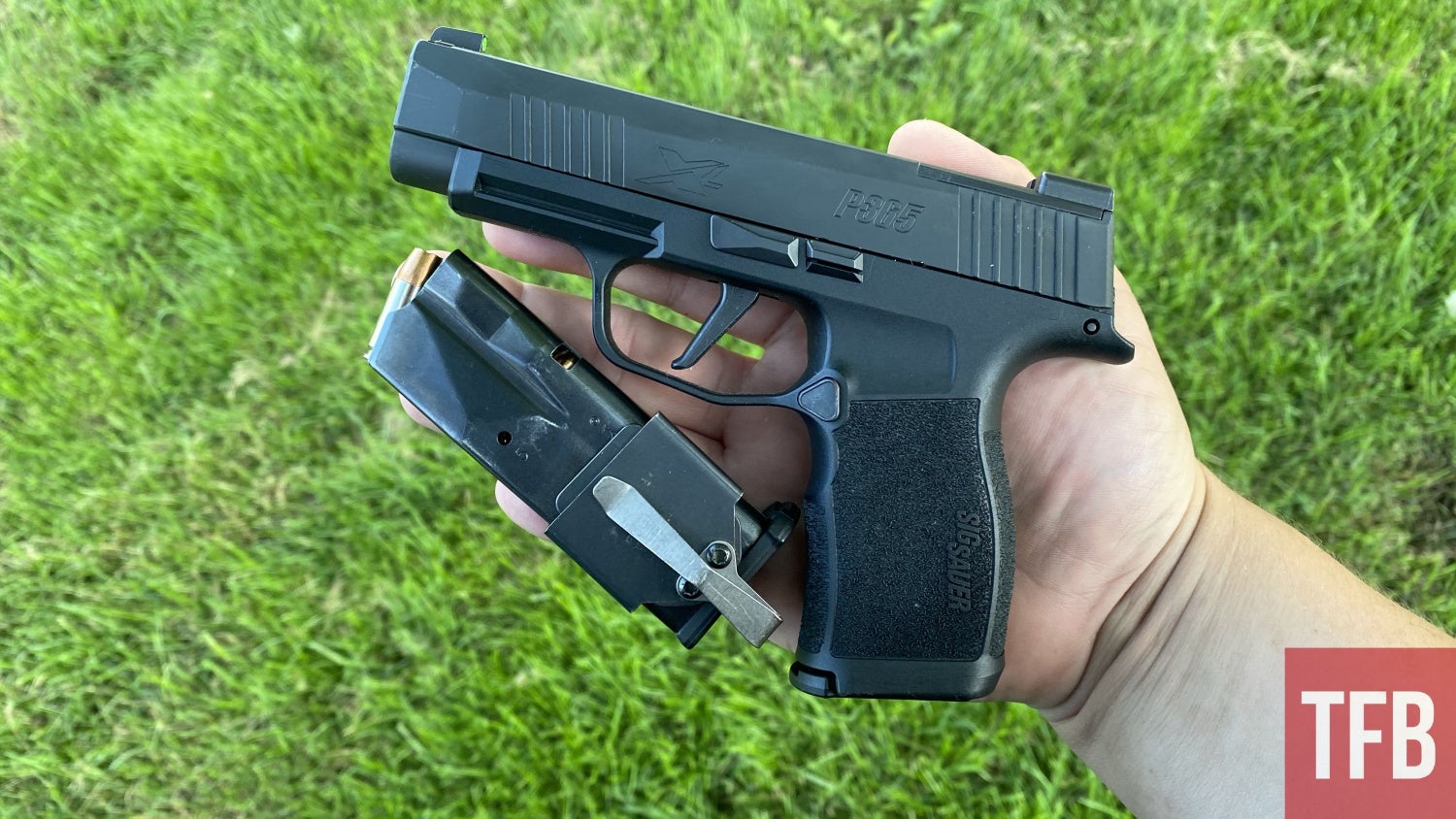
What do you guys think about the idea of practicing longer shots with your carry gun? Is it leaning towards the excessive point or do you think there’s some validity to it? I’d love to hear your thoughts on this topic in the comments below. If you have questions on training with your carry gun or firearms in general, don’t hesitate to shoot me a message on Instagram @fridgeoperator. Stay safe out there.
TFB’s Concealed Carry Corner is brought to you by GLOCK
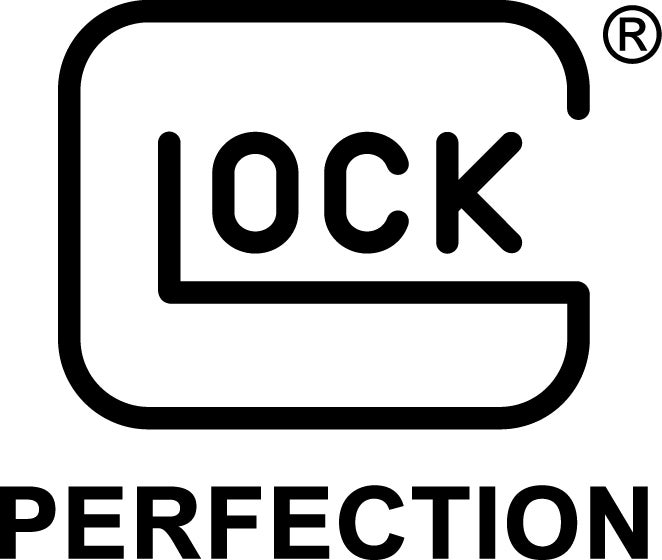
 Your Privacy Choices
Your Privacy Choices
